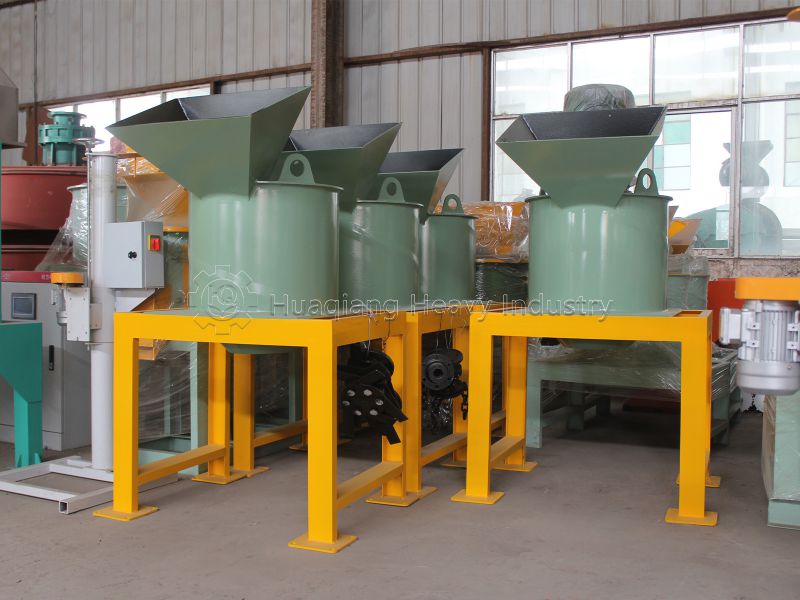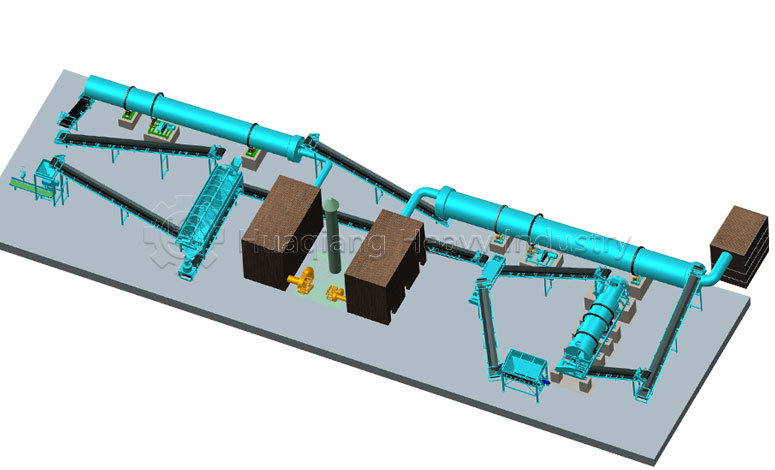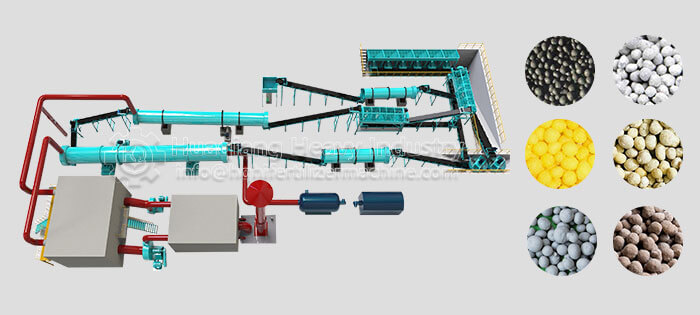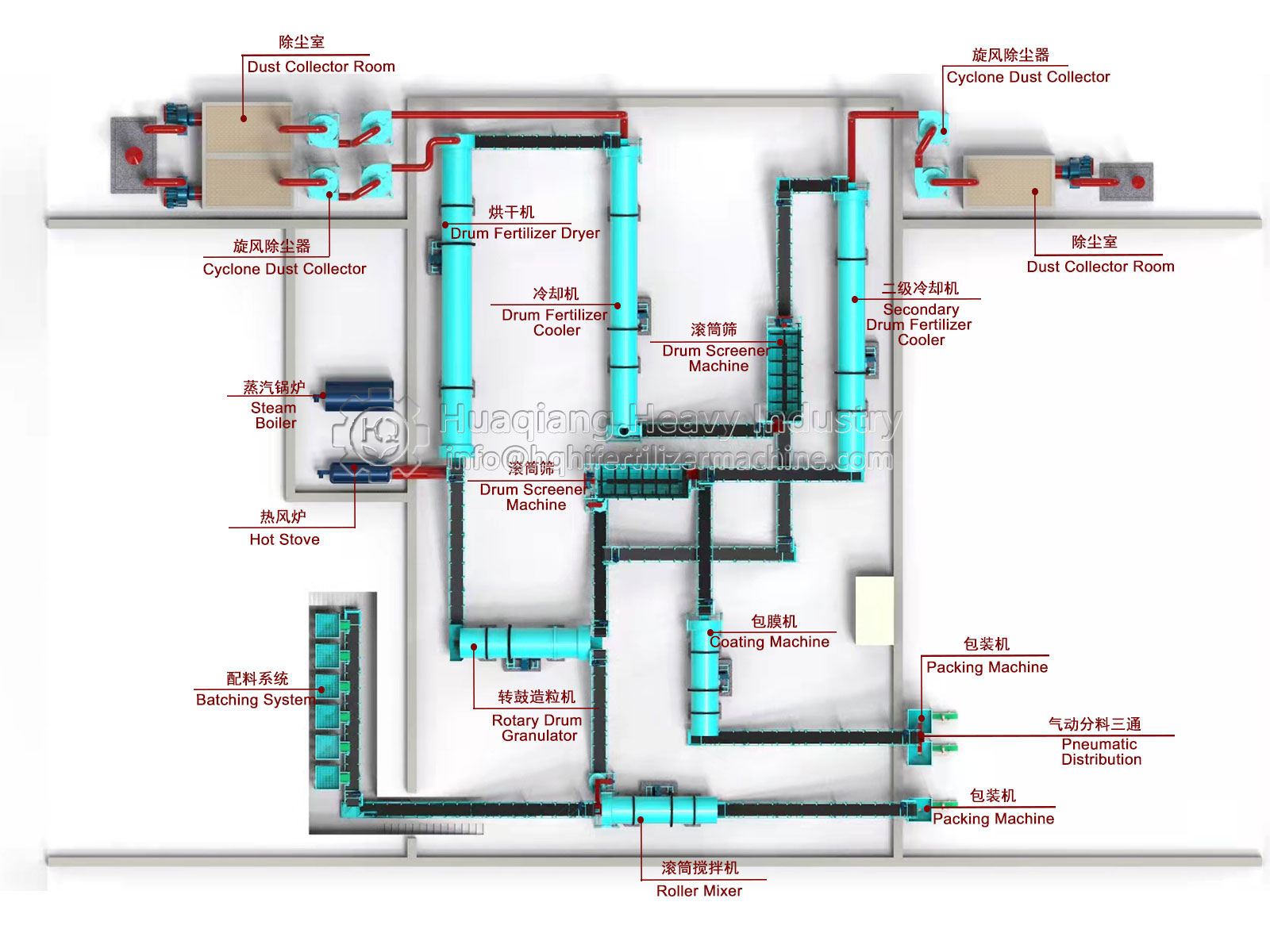The core difference between bio-fertilizer production and conventional organic fertilizer and compound fertilizer production lies in the need to preserve the activity of the inoculant. Furthermore, the raw materials often consist of specialized materials such as fungus residue, traditional Chinese medicine residue, and fermented straw. This places special demands on grinding equipment: low temperature, pollution prevention, and precise particle size. Through targeted modifications, fertilizer crushers have become the ideal choice for bio-fertilizer production.
1. Low-temperature crushing preserves inoculant activity
The functional bacteria in bio-fertilizer (such as Bacillus subtilis and phosphate-solubilizing bacteria) are not tolerant to high temperatures. Excessive frictional heat (above 45℃) generated during the grinding process can inactivate the bacteria. High-quality fertilizer crushers optimize the impeller speed (to avoid excessive friction) and some are equipped with a “water-cooling jacket” to circulate cold water to remove heat from the chamber walls, maximizing inoculant activity.

2. Anti-residue design prevents cross-contamination
Bio-fertilizer production often requires switching between different inoculant formulations. If residual material from previous batches remains in the equipment, bacterial strains can mix. The fertilizer crusher‘s “fully open cleaning structure” solves this problem. The grinding chamber door can be fully opened, and the smooth, corner-free interior allows for quick cleaning without disassembling core components, reducing the risk of cross-contamination.
3. Precise Particle Size for Microbial Agent Mixing
Bio-fertilizer production requires uniform particle size (typically 1-3mm) after grinding. Uneven particle size results in incomplete mixing of the microbial agent and raw material, impacting fertilizer efficiency. The horizontal crusher can precisely control particle size deviation within ±0.5mm, providing a high-quality raw material foundation for subsequent microbial agent inoculation and mixing.










